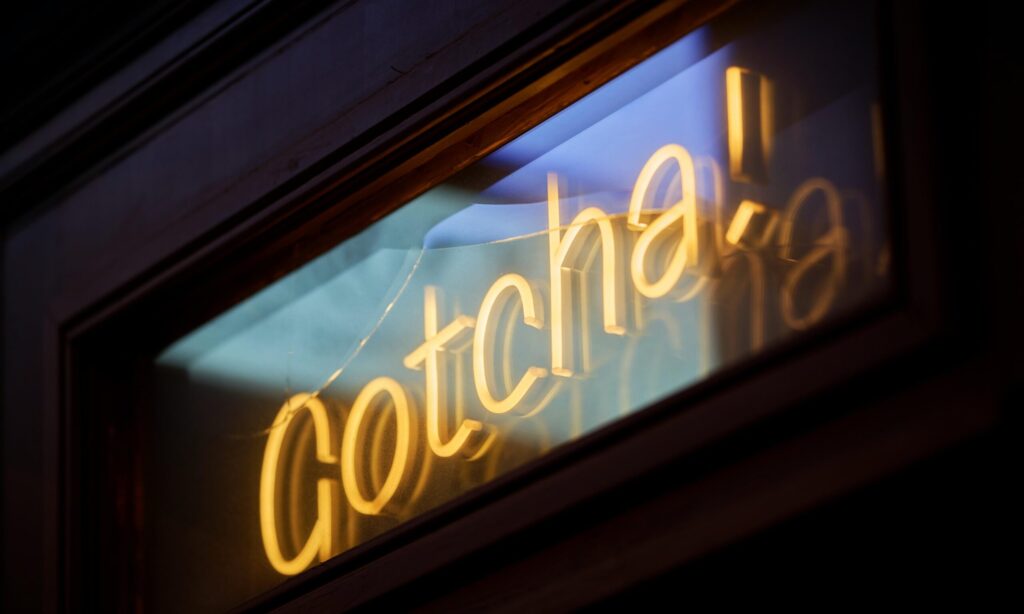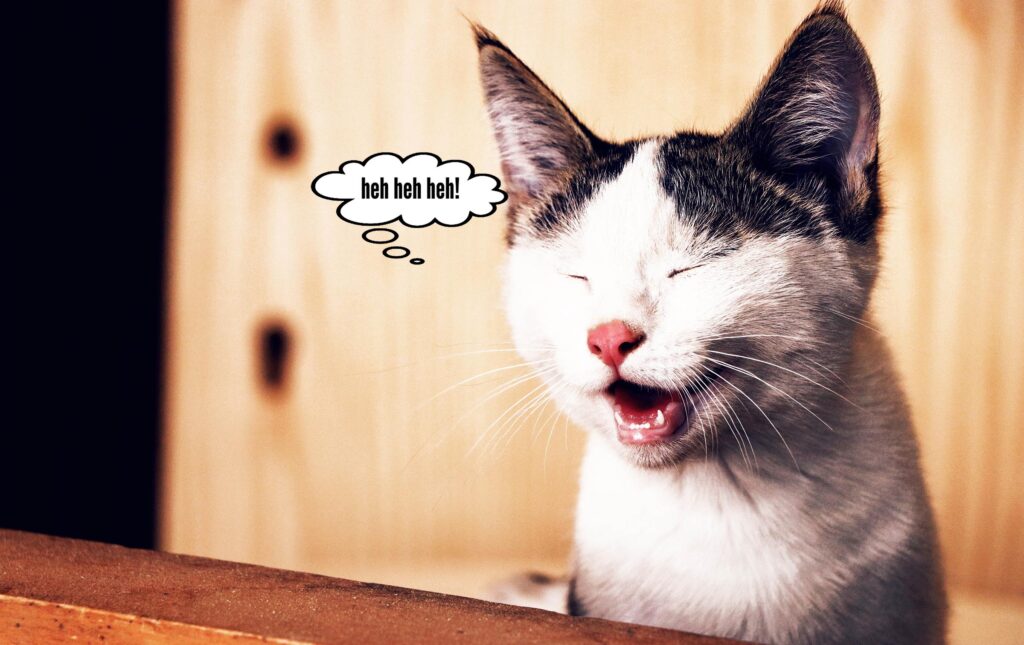
From Spaghetti Trees to Iceberg Pranks: Discover the Most Hilarious and Creative Pranks That Will Leave You in Stitches
Hold on to your funny bones because we’re about to dive into some of the greatest pranks ever! From spaghetti trees to left-handed burgers, these pranks will have you laughing so hard that you’ll forget you’re supposed to be doing something else.
Whether you’re a prankster or love a good laugh, these classic and modern pranks will tickle your funny bone and leave you wondering: “why didn’t I think of that?”
So sit back, relax, and prepare for a wild ride through the world of pranks!
Here are some of the world’s most famous pranks:
- The BBC’s “Spaghetti Tree Hoax” (1957): On April Fools’ Day, the BBC aired a news segment about Swiss farmers harvesting spaghetti from trees, fooling many viewers into believing that spaghetti did grow on trees. It was great because it was an early example of a media organization playing a practical joke on the public.
- The “War of the Worlds” Radio Broadcast (1938): Orson Welles’ radio dramatization of H.G. Wells’ novel about a Martian invasion of Earth caused panic among some listeners who thought it was an actual news report. It was great because it demonstrated the power of mass media to create mass hysteria.
- The “Left-Handed Whopper” (1998): Burger King ran an ad in USA Today announcing a new sandwich designed explicitly for left-handed people. The ad described how all the condiments in the sandwich were rotated 180 degrees. Many customers went to Burger King and ordered the “Left-Handed Whopper,” not realizing it was a joke. It was great because it was a clever way to get people to discuss the brand.
- The “Naked Guy” Prank (2004): During the Super Bowl XXXVIII halftime show, a man streaked across the field wearing only a G-string. It was great because it was unexpected and caused a lot of controversies.
- The “Balloon Boy” Hoax (2009): A family in Colorado claimed that their son had accidentally flown away in a homemade helium balloon. The story captivated the nation until it was revealed that it was all a hoax. It was great because it showed how the media could be easily fooled and how easily people can be manipulated.
- The “Penguin Prank” at the National Zoo (2014): Someone dressed up in a penguin costume and snuck into the National Zoo in Washington, D.C., causing a stir among visitors and zoo officials. It was great because it was a lighthearted and amusing prank that didn’t harm anyone.
- The “Iceberg” at the University of Wisconsin-Madison (2018): A student built a fake iceberg outside a university building and put a sign on it reading “North Pole, keep out.” The prank fooled many people into thinking that the iceberg was real and caused a lot of laughter on social media. It was great because it was a clever and harmless way to inject fun into campus life.
- The “Fake Corporate Email” Prank (2020): A group of college students created a fake corporate email account and sent a company-wide email announcing that the company was switching to a four-day workweek. Many employees fell for the prank and were excited about having an extra day off. It was great because it showed how easy fooling people with a well-crafted email can be.
- Busted Beckham Bust (2022): James Corden, the host of The Late Late Show, pulled a prank on his retired soccer legend friend, David Beckham. He tricked Beckham into believing that a less-than-flattering bronze sculpture of him had been cast at L.A. Galaxy’s home stadium. To make the prank even more believable, Corden enlisted an actor to play a kooky sculptor and got L.A. Galaxy president Chris Klein, a former teammate of Beckham’s, to go along with the gag. Beckham was visibly dismayed when he saw the sculpture, admitting it was “slightly different” than what he had signed on for. Although he tried to be polite, he was not impressed with the terrible artwork.
Did you know?
April 1st is celebrated as April Fools’ Day, a holiday dedicated to playing pranks on others. The holiday’s origins could be more precise, but it is believed to have started in France in the late Middle Ages or early Renaissance period.
One theory is that April Fools’ Day originated with the adoption of the Gregorian calendar in 1582, which moved New Year’s Day from April 1st to January 1st. Those who continued to celebrate New Year’s Day on April 1st were ridiculed and played pranks on, leading to the creation of April Fools’ Day!

Another thought is that the holiday has pagan roots and was initially associated with the vernal equinox, a time of rebirth and renewal in many cultures.
Regardless of its origins, April Fools’ Day has become a popular holiday worldwide, with people playing pranks on each other and spreading hoaxes and fake news.
In recent years, social media has made spreading fake news and hoaxes easier, leading some to question the ethics of playing pranks on April Fools’ Day. Despite this, the holiday remains a beloved tradition for many people worldwide.
A little history:
Pranking has also been a popular form of entertainment in many cultures around the world, from the “Day of the Holy Innocents” in Spain, where people play practical jokes on each other, to the “Hilaria” festival in ancient Rome, where people would wear masks and play pranks on each other.
Pranks have been around for centuries, with evidence of practical jokes dating back to ancient Rome. Many of the earliest recorded pranks were played by the ancient Romans, who enjoyed filling someone’s bed with live crabs or releasing a rooster into their bedroom to wake them up.
It was common for people to play pranks on each other during the feast of All Fools’ Day. And in ancient China, there was a festival called “Taoist Tricks” where people played practical jokes and hoaxes on each other.

During the Renaissance, around the 1500s, Italian architects played a trick on Michelangelo by convincing him to design an impossible staircase. Pranks continued to be popular into the modern era, with some of the most famous pranks occurring in the 1900s.
In 1957, the BBC aired a news segment about Swiss farmers harvesting spaghetti from trees, fooling many viewers into believing that spaghetti did grow on trees.
And in 1962, a group of students at the Massachusetts Institute of Technology placed a police car on top of the school’s Great Dome.
Pranking remains a popular form of entertainment, with countless pranks being played every day worldwide. From harmless jokes played among friends to elaborate hoaxes designed to fool the public, pranks continue to captivate and entertain us, reminding us that sometimes it’s good not to take ourselves too seriously.



